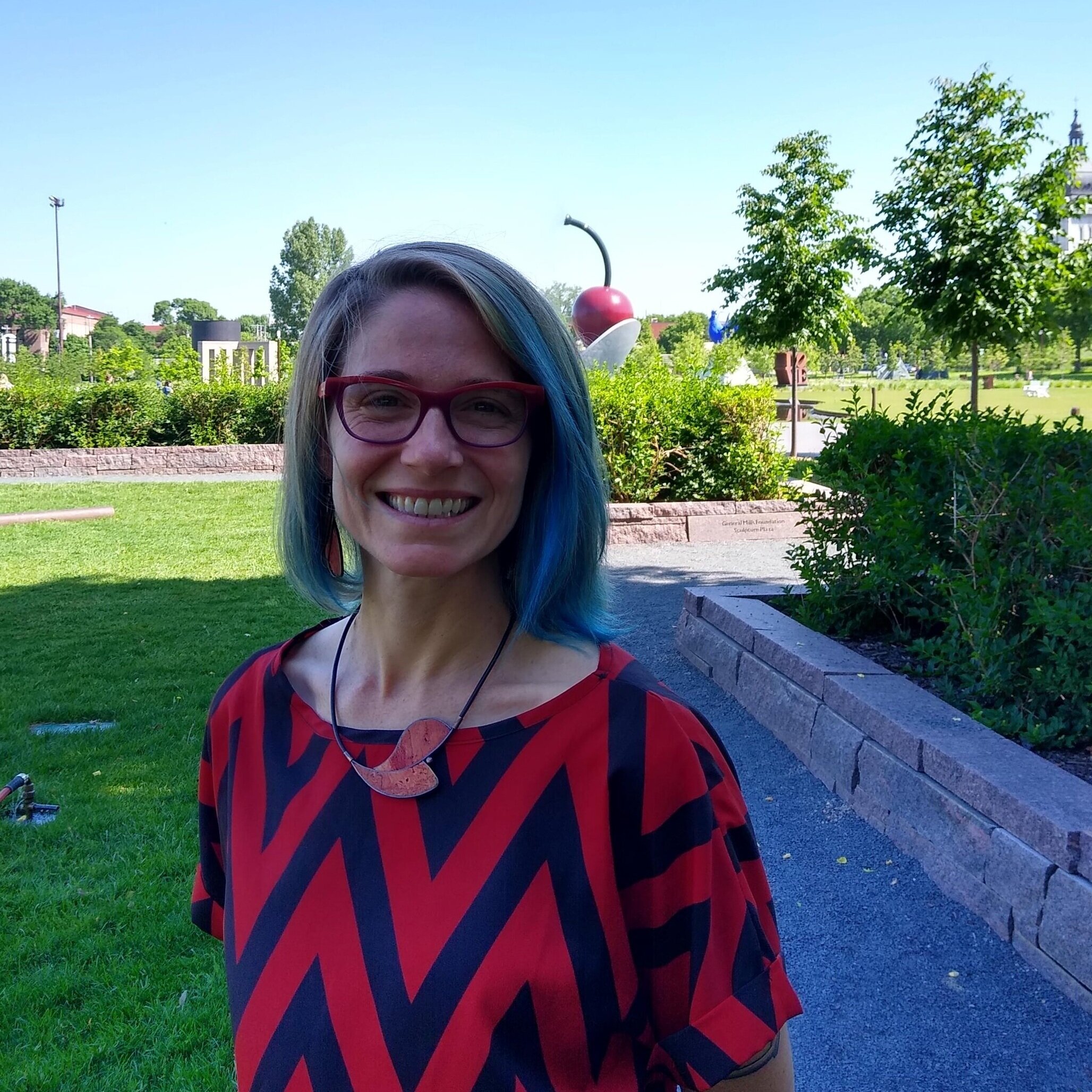Ep 33 - Matt Anderson - The Link Between Librarians, Product, and Data
/Listen to the Episode
Subscribe to the Podcast
Episode Summary
“A lot of product managers are looking at their sales numbers, but they’re not thinking broadly about how the data can provide a wider lense.”
Using data is critical for every facet of the business. But none is more powerful and readily usable than in product management.
Product owners, product managers, product analysts, you name it. Companies who have taken the plunge into digital transformation and agile frameworks need great product people. And those great product people MUST rely on data to do their jobs.
Matt Anderson didn’t start his career in the product space… he started as a librarian! But he found his niche in product management and has been using data to help understand his customers, his product, and his vision to drive profitability and sales for his company.
In this episode, we talk about what data can do for business folks… both how to use it, and how NOT to use it.
More importantly, Matt talks about his unique approach to collecting data that feeds the questions he’s trying to answer. This is different than the typical approach of “use whatever data you have”. Instead, he’s thinking strategically about what data he NEEDS, then goes and gets that data from his customers. He’s also passionate about QUALITATIVE data, not just quantitative. The user’s own stories are what provide the context that helps shape where the product can go.
My favorite story from our discussion was when Matt talked about using data to NOT make a decision. See, often times we think about data informing a decision… to take an action in some way. Matt found that his data collection efforts actually helped him steer clear of a decision that may have been costly.
Make sure to follow Matt on LinkedIn and Twitter, as he’s regularly writing about relevant data + product topics!
More about Matt Anderson
LinkedIn - in/matt-anderson-87988823
Twitter - @MattAndersonUT
Website - www.mattanderson.org
Heros - The folks from the New York Times Graphics
Favorite Book - The Lovely Bones by Alice Sebol
Great Storytellers - John Cutler, Melissa Perri, Theresa Torres












